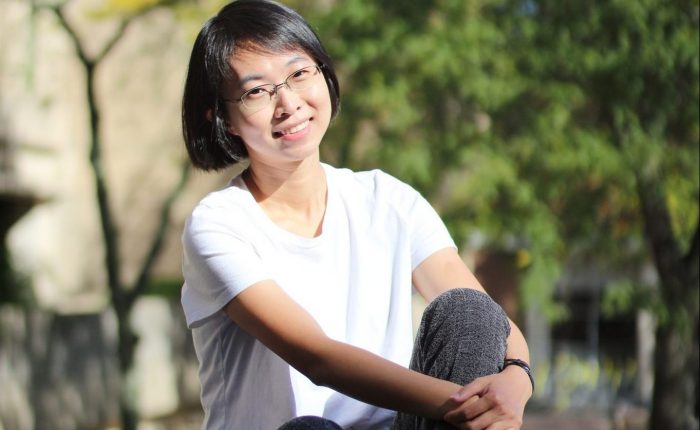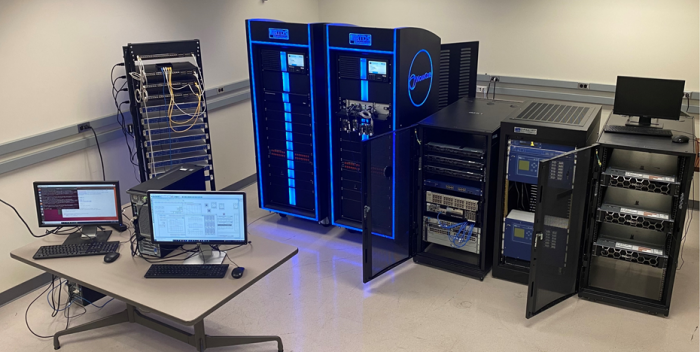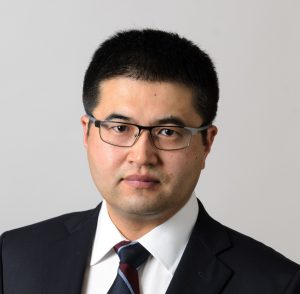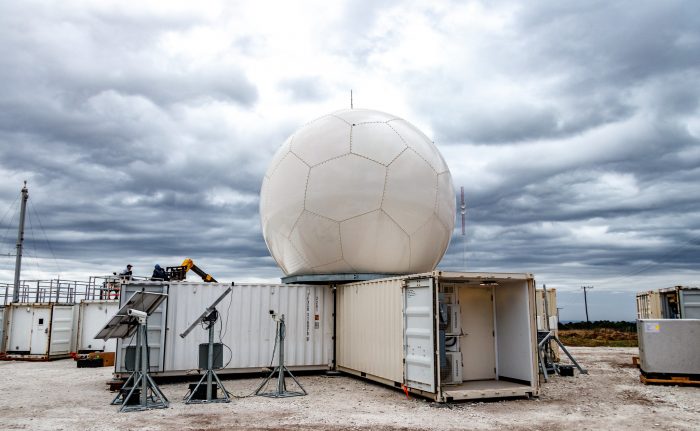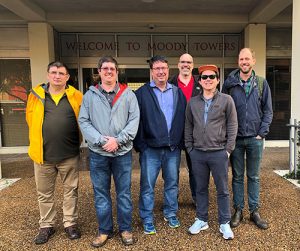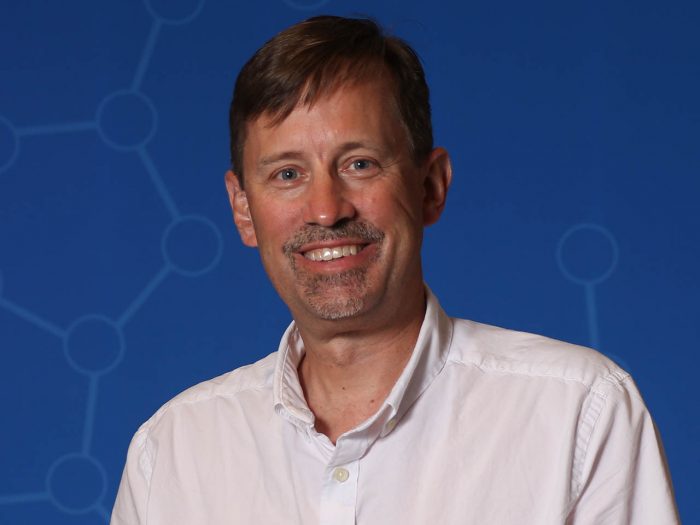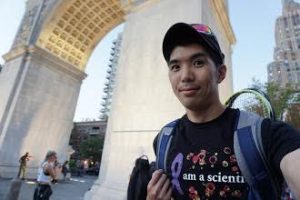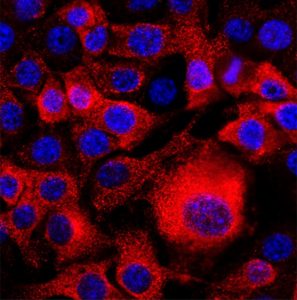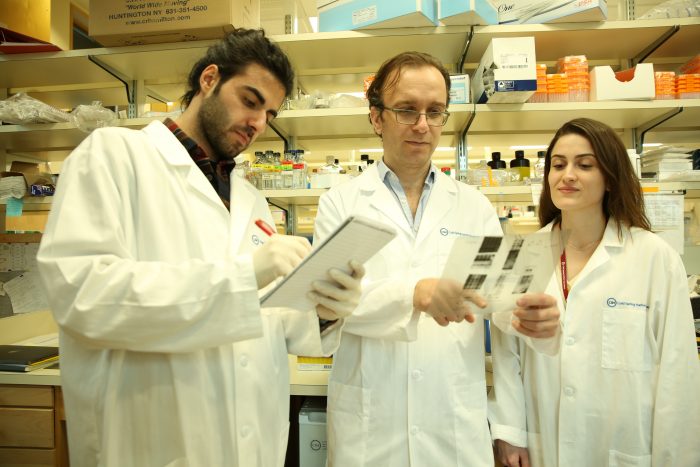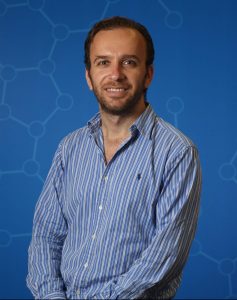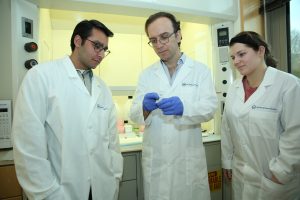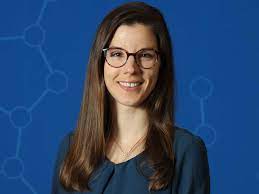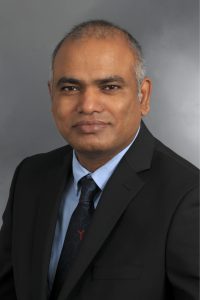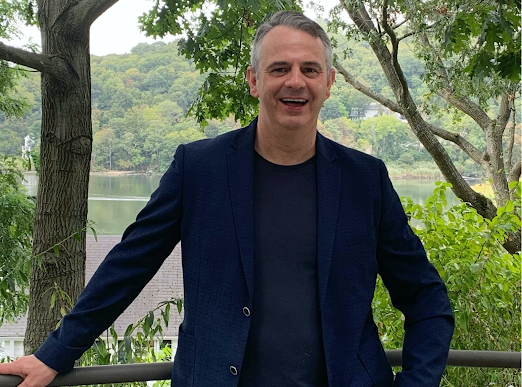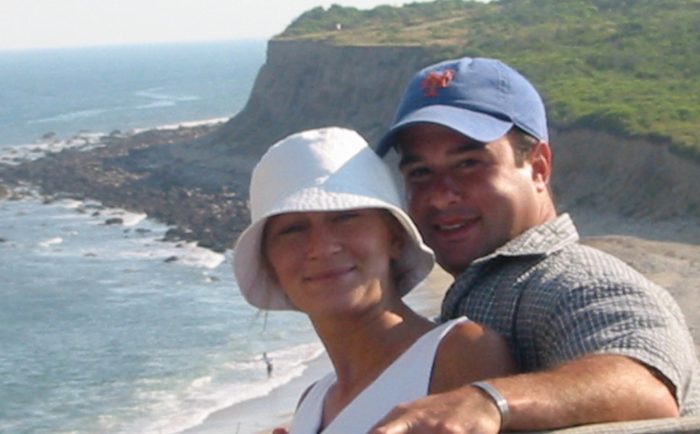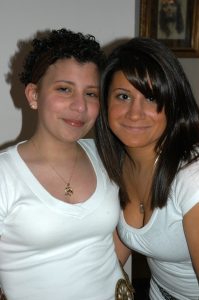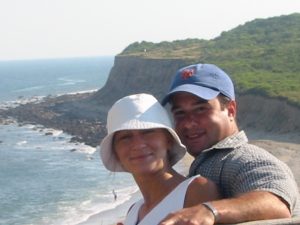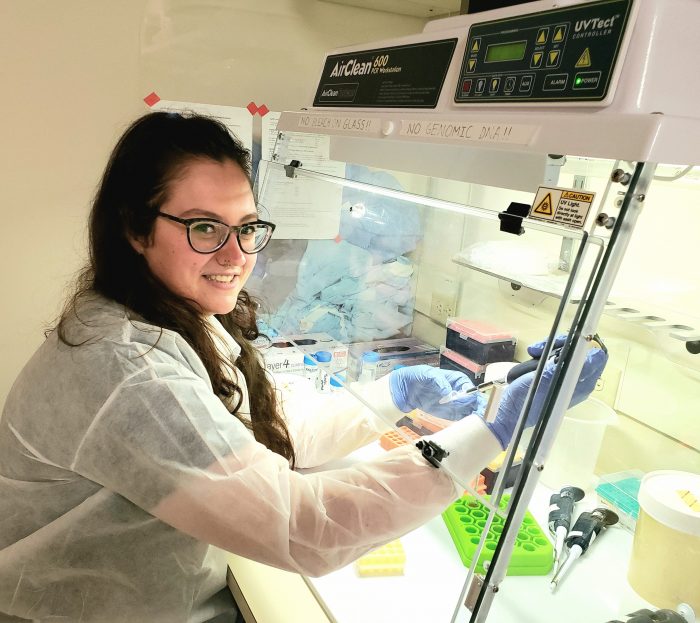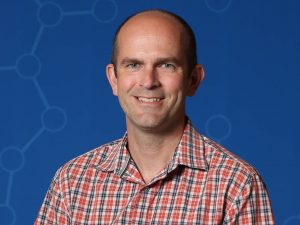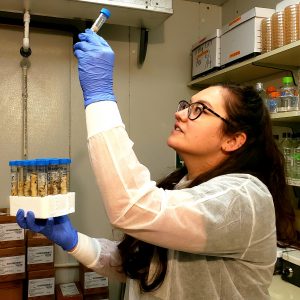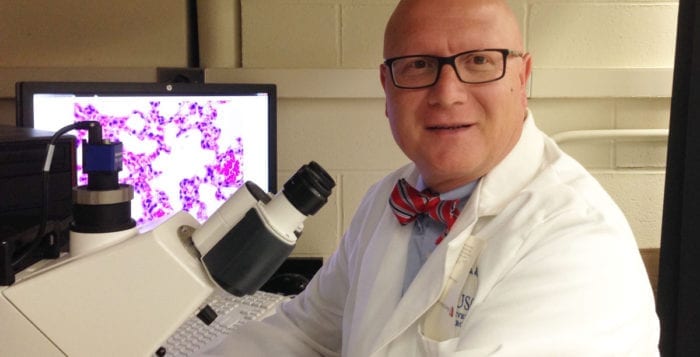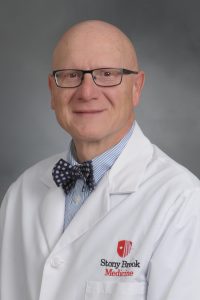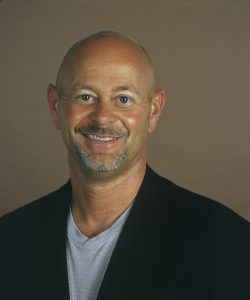By Daniel Dunaief
Qingyun Li has a plan for carbon dioxide.
The newest hire in the Department of Geosciences at Stony Brook University, Li, who is an assistant professor, is a part of a team exploring carbon capture and storage.
“My work is expected to help reduce the amount of carbon dioxide released into the atmosphere,” Li said. It will “help people find ways to promote carbon dioxide mineralization for safer carbon dioxide storage” below the ground. While her work will help promote carbon storage, it doesn’t include capturing and transporting the gas.
By selecting sites carefully, researchers can store carbon dioxide for geologically long periods of time.
While carbon sequestration occurs on the scale of kilometers, Li often works on a minuscule level, at the nanometer to centimeter scale. Smaller scale alterations affect properties such as the permeability of the rock formation.
Li is trying to predict nucleation of a certain mineral in her computer models. She has done that for carbonate minerals, which could be what carbon dioxide becomes after it is stored in geologic formations.
A similar process of nucleation occurs in clouds, when fine particles form the nuclei around which gases condense to form water or ice.
Li used a small angle x-ray scattering synchrotron to explore important details about each particle. This technique, which doesn’t look directly at the particles, reveals through data analysis the particle’s shape, size and surface morphology and, eventually, the rate at which nucleation occurs.
For carbon dioxide sequestration, the minerals that provide nucleation start at the nanoscale, which give them a high specific surface area.
“That matters for later reactions to generate carbonate minerals,” Li said. “That’s one reason we care about the nanoscale phenomenon. The bulk minerals are generated starting from the nanoscale.”
A larger surface area is necessary in the beginning to lead to the next steps.
Li’s work involves exploring how carbonate starts to form. Her earlier efforts looked at how calcium carbonate forms in the aqueous or water phase.
Carl Steefel, Head of the Geochemistry Department at the Lawrence Berkeley National Laboratory in California, worked with Li during her PhD research at Washington University in St. Louis. Steefel believes her research will prove productive.
“She has an approach to science that combines that one-of-its-kind capabilities for studying nucleation with a deep understanding of modeling and how these open systems involving flow and transport work,” Steefel said. “The combination of these unique capabilities, in nucleating and in understanding reactive transport modeling, will put her a very good position.”
As of now, Li plans to study carbon sequestration in natural gas formations in shale, which has nanometer sized pores. The particles can change the permeability of the rock.
Some companies, like British Petroleum and ExxonMobil, have started to explore this method as a way to reduce their carbon footprint.
While geologic carbon sequestration has shown promising potential, Li believes the process, which she said is still feasible, could be decades away. She said it may need more policy support and economic stimuli to come to fruition.
Part of the challenge is to incorporate such carbon sequestration in the established market.
Scientists working in this field are eager to ensure that the stored carbon dioxide doesn’t somehow return or escape back into the atmosphere.
“People are actively investigating possible leakage possibilities,” Li wrote in an email. “We try to design new materials to build wells that resist” carbon dioxide deterioration.
Controlling pressure and injection rates could prevent various types of leaks.
In her earlier studies, Li explored how cement deteriorates when contacted with carbon dioxide-saturated brine. She hoped to find cracks that had self-healing properties. Other studies investigated this property of concrete.
It’s possible that a mineral could form in a fracture and heal it. In natural shale, scientists sometimes see a fracture filled with a vein of carbonate. Such self healing properties could provide greater reassurance that the carbon dioxide would remain stored in rocks below the surface. Li hopes to manage that to inhibit carbon dioxide leakage.
The assistant professor grew up in Beijing, China, studied chemistry and physics in college. She majored in environmental sciences and is eager to apply what she learned to the real world.
For her PhD, Li conducted research in an engineering department where her advisor Young-Shin Jun at Washington University in St. Louis was working on a project on geologic carbon dioxide sequestration.
In her post doctoral research at SLAC National Accelerator Laboratory, which is operated by Stanford University, Li explored mineral reactions in shale, extending on the work she did on mineral reactions in concrete as a graduate student. She sought to understand what happens after hydraulic fracturing fluids are injected into shale. These reactions can potentially change how easily the mix of gas and oil flow through a formation.
With Stony Brook building a lab she hopes is finished by next spring, Li plans to hire one graduate student and one post doctoral researcher by next fall.
She is teaching a course related to carbon sequestration this semester and is looking for collaborators not only within geoscience but also within material science and environmental engineering.
Li is looking forward to working with other researchers at the National Synchrotron Lightsource 2 at Brookhaven National Laboratory, which provides beamlines that can allow her to build on her earlier research.
Li and her husband Xuecheng Chen, who are renting an apartment in South Setauket and are looking for a home close to campus, have a three-year old son and an 11-month old daughter.
Outside the lab, Li enjoys quality time with her family. A runner, Li also plays the guzheng, which she described as a wooden box with 21 strings.
Steefel, who wrote a letter to Stony Brook supporting Li’s candidacy to join the Geosciences Department, endorsed her approach to science.
“She’s very focused and directed,” Steefel said. “She’s not running the computer codes as black boxes. She’s trying to understand what’s going on and how that relates to her experiments and to reality.”

